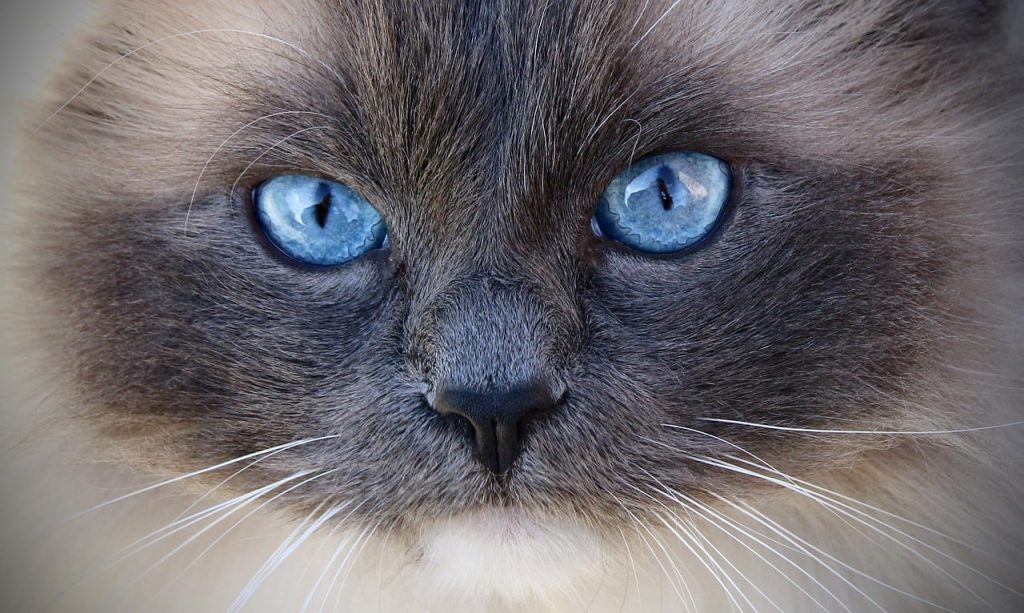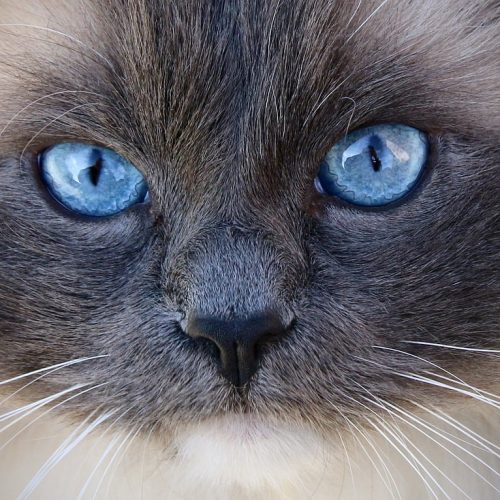
Top 10 Most-Asked Questions About Cats: Answered
Cats have fascinated humans for centuries, and their unique behaviors often spark curiosity. From the soothing sound of purring to their playful antics, cats are full of mysteries. Here are answers to the top 10 most searched questions about our feline friends:
Why Do Cats Purr? Purring is a cat’s way of expressing contentment and comfort, but it can also serve other purposes. Cats may purr to calm themselves when they’re anxious or in pain. Some studies suggest that the frequency of purring vibrations (between 25 and 150 Hz) can help heal bones and tissues, making it beneficial for recovery. Mother cats purr to soothe their kittens, and adult cats might use it to communicate with their owners or other animals.
How Long Do Cats Live? On average, indoor cats live between 12 and 16 years, but many cats live well into their 20s. Outdoor cats typically have shorter lifespans due to exposure to accidents, predators, and disease. The longest-lived cat on record was 38 years old! Factors such as breed, health, and care also impact a cat’s lifespan, with some breeds, like the Siamese, tending to live longer.
Why Do Cats Knead? Kneading is a behavior cats inherit from kittenhood. When they knead their mother’s belly to stimulate milk production, they carry this comforting motion into adulthood. Adult cats often knead when they’re feeling relaxed, content, or nostalgic for the safety of kittenhood. It’s also a sign of affection towards their owners. Cats knead on soft surfaces, such as blankets or laps, because it mimics the comforting sensation they felt as kittens.
Why Do Cats Sleep So Much? Cats are natural predators, and in the wild, they conserve energy by resting between hunting sessions. Domestic cats retain this behavior, sleeping 12-16 hours a day to recharge. Cats are crepuscular, meaning they are most active during dawn and dusk, so they sleep during the day to prepare for nighttime activities. Their sleep helps maintain their physical health and mental sharpness.
Why Do Cats Have Whiskers? Whiskers are vital sensory tools that help cats navigate their environment. They are highly sensitive to touch and can detect small changes in air currents, helping cats avoid obstacles. Whiskers also provide spatial awareness, aiding them in fitting through tight spaces. Additionally, cats use their whiskers to gauge the width of openings or objects and to communicate their mood or intentions, such as whether they are relaxed or curious.
What Does Catnip Do to Cats? Catnip contains a compound called nepetalactone, which has a temporary effect on most cats, causing them to exhibit playful, euphoric, or hyperactive behavior. This reaction lasts for about 10 to 15 minutes before cats lose interest. Not all cats are affected by catnip—sensitivity is inherited, and about 30-50% of cats do not respond to it. Catnip can be a fun way to engage and enrich your cat’s environment, but it is harmless and non-addictive.
Why Do Cats Hate Water? Many cats dislike water because it can make them feel vulnerable. Their fur, which is excellent for keeping them warm, loses its insulating properties when wet. Additionally, cats’ natural instinct is to avoid unfamiliar substances, and water is one of those. That said, not all cats hate water—some breeds, like the Turkish Van, are known to love swimming. For most cats, however, the sound of water and being wet are unsettling experiences.
Why Do Cats Eat Grass? While it might seem strange, eating grass is a common behavior among cats, and it could serve a few purposes. Some experts believe grass helps cats with digestion by providing fiber that can help them expel hairballs. Others think it might trigger vomiting to help clear out any toxins they might have ingested. While not all cats eat grass, it appears to be a natural instinct, and grass itself is not toxic to them.
Why Do Cats Like Boxes? Boxes provide a sense of security and comfort for cats. As natural hunters, cats feel safer in confined spaces where they can hide and observe their surroundings without being seen. A box is like a little fortress where cats can retreat to relax, sleep, or play. The confined space appeals to their desire for privacy and security. Additionally, the texture and smell of cardboard may be enticing to cats, adding to the allure of boxes.
What Is a Group of Cats Called? A group of cats is known as a “clowder.” While this term is used for both domestic and wild cats, it’s most commonly applied to groups of domestic cats that live together. Other terms include “glaring” (a group of cats who are not getting along) or “kittens” (for young cats), but “clowder” is the broad, general term for a group of adult cats.
Cats may be independent, but their quirky behaviors make them fascinating companions. Understanding why they do the things they do can deepen the bond between humans and their feline friends.






